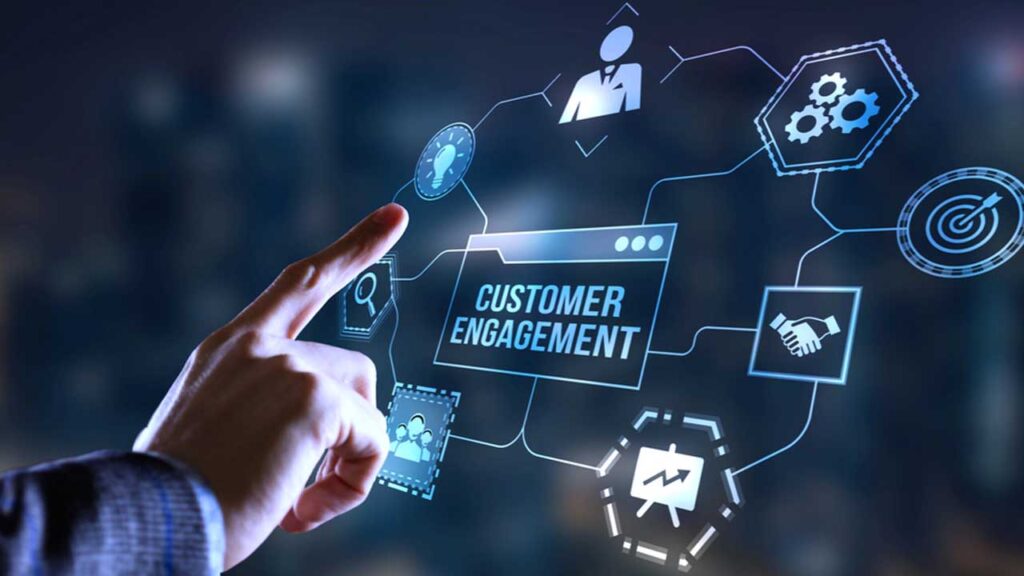
The propane industry is proud of its history, and rightfully so. That legacy of hard work has built companies that have lasted generations. But while the industry holds onto the past, customers have charged full speed into the future.
Today’s propane consumers expect convenience, simplicity, and instant results. The question is, are you focused on what matters to them now, or still stuck in what used to matter?
Customer Expectations Are Changing Fast
If you attend any fuel industry event, you’ll hear the same challenges. Companies struggle to create a strong Customer Experience that keeps customers loyal, especially those under 50.
Some complain that millennials “just don’t get us.” But maybe it’s the other way around, maybe the industry doesn’t fully understand what these customers expect.
It all comes down to communication, specifically engagement and touchpoints. Modern customers know exactly how they want to interact with the businesses they buy from.
They want options like:
- Web portals
- Phone (when necessary)
- Text
And above all, they want quick answers, often through their smartphone. Landlines are fading, but that doesn’t mean customers won’t call if needed. When they do, they expect the same professional experience they’d get online.
Speed and Convenience Define the Customer Experience

Today’s customers live in micro-moments. Wasting time is the enemy. The goal is to solve their needs as quickly and accurately as possible, through whatever channel they choose.
Given this shift, it’s important to ask how well you communicate with your customers. Have you kept up with where critical touchpoints really happen now?
The truth is, the landscape has changed dramatically. For many propane customers, especially those on automatic delivery, the only regular contact with your company comes through marketing emails, the online portal, or billing documents.
If you’re running things well, they might never call. That’s good, unless your statements or portal confuse them. Then the phone rings, and not in a good way.
Documents and Portals Are Now Your Front Line
Customer documents and portals have become the front line of customer service. They’re no longer just tools for transactions – they’re places where you tell your company’s story, build your brand, and create loyalty.
Here’s the reality:
- CSRs directly interact with less than 5% of customers in any given week.
- Documents and portals touch up to 90% of your customer base regularly.
That’s a massive shift. Yet too often, these critical tools sit low on the priority list, treated as back-office functions instead of key parts of the customer experience.
It’s time to change that thinking.
Your Brand Lives in Every Document and Portal Interaction

Your portal and customer documents might be the only connection a customer has with your business. That means they need to represent your brand well.
Ask yourself:
- Do your statements, invoices, and portal reflect professionalism?
- Is the data clear, intuitive, and easy to find?
- Do your materials differentiate your company from competitors?
Too many propane dealers still view statements and invoices as simple bills. But customers don’t see them that way. These materials are an extension of your brand, and they will judge you based on what they see.
Hidden Costs Are Holding You Back
Many dealers assume it’s cheaper to handle documents in-house. Carol prints, stuffs, and mails them, end of story. But in reality, this could be costing you more than you think.
Professional document vendors can often produce and mail pieces at a lower per-unit cost, including postage. Meanwhile, Carol’s time could be better spent on work that grows your business.
And then there’s your DSO, Days Sales Outstanding. Most propane dealers offer 30-day terms but run DSOs closer to 45 or 50 days. That’s like giving customers an interest-free loan for nearly two months.
Poorly designed documents also drive unnecessary phone calls, especially when customers are confused. Every call slows your team down. Frequent task switching cuts CSR productivity by 25%, meaning you’re paying for eight hours but getting six.
Finally, dissatisfied customers leave. Replacing one costs you an average of $600 in sales expenses.
Your Documents and Portals Should Drive Revenue
Your portal and documents aren’t just about billing. They’re powerful tools for driving additional revenue. Every statement, budget letter, and portal login is a marketing opportunity.
Done right, these materials can promote:
- Budget plans
- Service plans
- Price protection programs
Because these messages ride along with essential communications, the cost is minimal, but the impact can be huge. Better design and clarity increase enrollment, boosting cash flow and loyalty.
Business Value Depends on Getting This Right
At the end of the day, your company’s value depends on three things:
- Retained gallons and customer counts
- Cash flow
- Hard assets
Your document and portal strategy directly supports two of those three.
Strong documents and 24/7 payment solutions help retain customers by improving their experience. Faster payments improve cash flow, especially during the off-season when cash is tight.
Where Should You Start?

It starts by moving this issue up the priority list. Your next managers’ meeting should include a serious discussion about customer engagement and communication.
Consider taking these steps:
- Identify common complaints related to documents and the portal
- Review opportunities for on-bill marketing
- Revisit your collections process and the true costs of delays
- Talk to your vendor about redesigning documents for clarity and impact
- If you’re still mailing in-house, compare the costs of outsourcing
- Evaluate your portal:
- Is it user-friendly?
- Is it well-branded?
- Is it integrated with your CSR systems?
Final Thought
Your online portal and customer documents are no longer just back-office tasks, they are your frontline.
Handled well, they strengthen your brand, build loyalty, speed up collections, and boost your company’s long-term value.
It’s time to treat them like the strategic assets they are.
